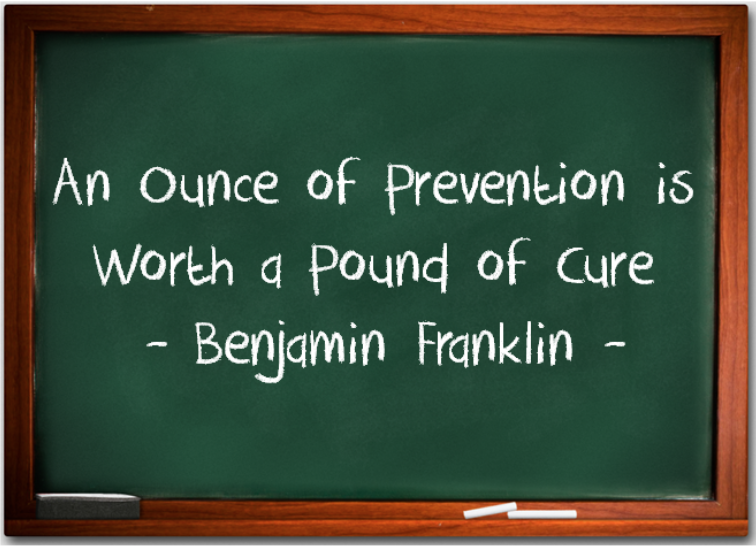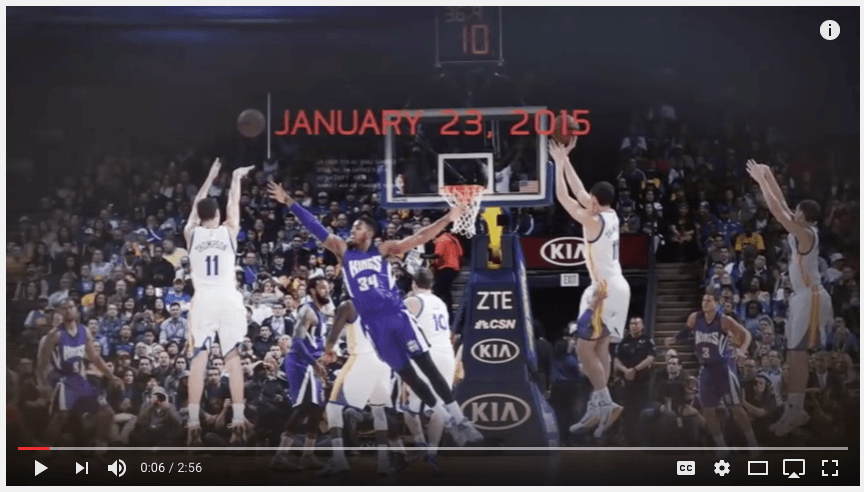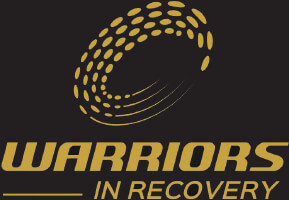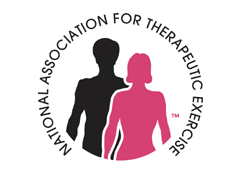
Ahhhh…the classic movie (and one of my faves), “Star Wars,” features a scene in which a blindfolded young Luke Skywalker attempts to use a lightsaber to deflect energy bolts from a floating drone. This scene is a Jedi training exercise supervised by the wise Jedi Master, Obi-Wan Kenobi. Obi-Wan calmly instructs Luke to “trust the Force.” Luke attempts to feel the energy bolts before they strike, but Luke gets zapped frequently in his lesson.
As Obi-Wan repeatedly presses Luke to “…trust the Force,” Luke eventually manages to successfully deflect a few of the energy blasts. THIS is an important step for Luke: In order for a Jedi to exercise their powers, they must be able to feel the Force and trust it. If they can’t trust the Force, all their tricks collapse like a cheap special effect.
In my previous blog entry, I gave a similar example using Klay Thompson’s video appearance on John Brenkus’ show, Sports Science. This episode featured how our brain and nervous system is involved in every body movement we make. He made 8 out of 10 3 point shots in the dark. Relying only on his Kinesthetic Sense. That’s exactly what “kinesthetic sense” is. It’s our brain’s ability to sense movement , sense of tension and sense of muscle effort.
OK, so what’s the big deal about “Symmetry” then? Well, with the return to Symmetry (or proper body alignment) our kinesthetic sense improves and increases. Tadah!!!!
When clients start therapy sessions with me (especially if they haven’t done anything like performance therapy before), their kinesthetic sense is often blunted or gone slightly numb. They don’t know where their weight is when they stand. They can’t see or feel that one shoulder or hip is higher than the other. They can’t tell what muscles they are using to do what. Their bodies may have even become desensitized globs down there below their heads. Kind of reminds you of this scene from “A Christmas Story” (yes, another of my faves!). You can’t really “feel” your body through the layers.

And just because you play sports or exercise regularly doesn’t necessarily me you are immune from this. Most of us don’t want to hear this, but many people put their bodies through their paces without being totally conscience of them. As I said in a previous blog…training on a Bosu ball for stability when your muscles are unstable, only results in more instability.
Part of improving your kinesthetic sense is recognizing the process. So rather than blaming anything you can’t do on an inherent deficiency or getting older, simply tell yourself that certain muscles are weak, certain areas are tight and that when you correct these things, you will be able to do it.
The truth is that there are NO quick fixes or short cuts to improving performance and symmetry (or to anything else worthwhile, for that matter). It’s human nature to look for the quickest, easiest way to get what we want. We tend to look for the one size fits all solution to our problems that will “Fix Us” and make everything all right in one shot.
If we recognize THAT, maybe you’d save a lot of time, reduce pain, prevent injuries and save money in the long run.

No, it’s not easy and you won’t experience the immediate feedback of being able to block blaster bolts while blindfolded. Far too many people give up tho, dooming their bodies to under performance. If you can succeed, though, the performance of your body and your quality of body movement will increase dramatically!
Cheers and May the Force be with you,
drock
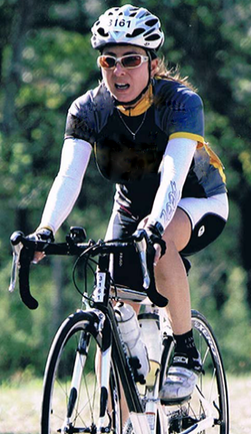
Want to learn more about improving your functional movement and sports performance? Then follow Dianne’s blog: https://dtasmblog.wordpress.com
Dianne Rockefeller is a Athletic Performance Therapist, Licensed Massage Therapist, National Academy of Sports Medicine – Certified Personal Trainer, Certified Orthopedic Manual Therapist, Certified Myoskeletal Therapist, Certified Kinesio Taping Practitioner, Certified Cupping Therapist, and Muscle Activation Techniques Practioner (MAT). She has treated athletes of all levels, from youth to professional, from all sports. She brings a very unique perspective to manual therapy utilizing her experience with motion analysis and sport. Her blend of advanced integrated skills along with practical and rehabilitation experience deliver exceptional results. Dianne is a self-proclaimed scholar of “Applied Performance Manual Therapies”. Contact Dianne at drock@dtasm.com or 210-973-4848.
